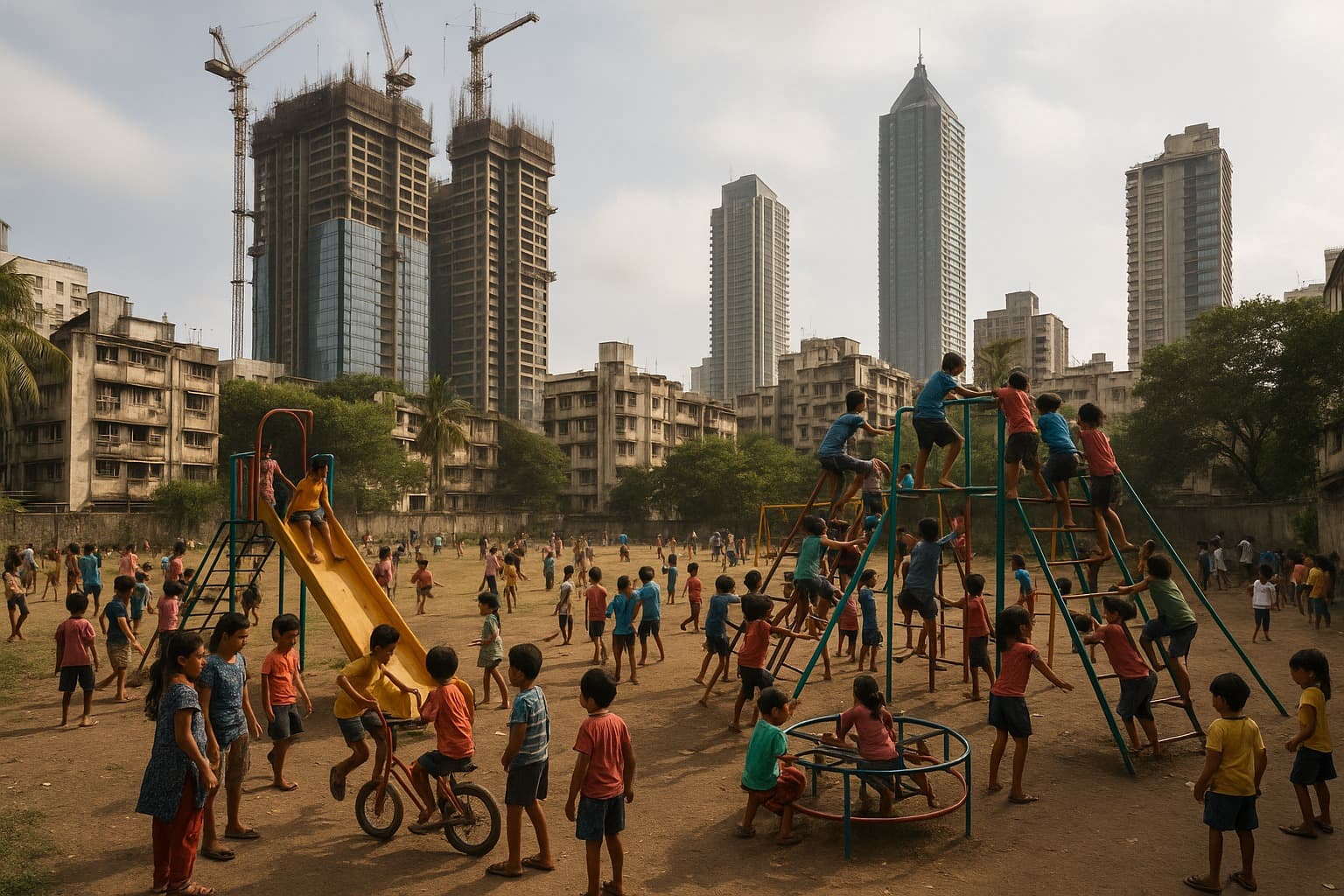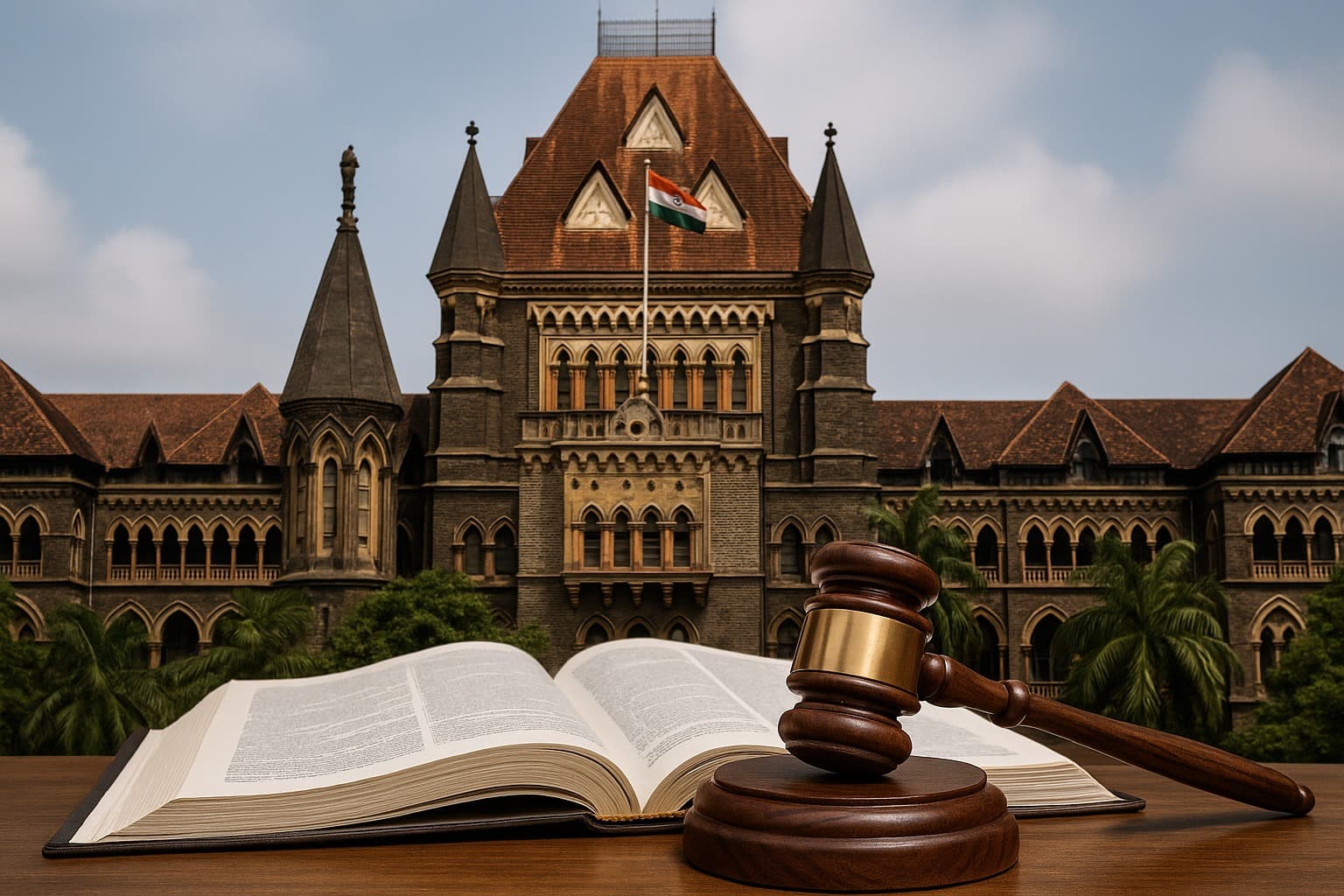Bombay HC Flags Redevelopment of Prime South Mumbai Land: Balancing Growth with Green Spaces
Summary
Bombay HC flags the redevelopment of prime South Mumbai land, emphasizing the critical need for balancing economic growth with green spaces. The decision highlights the importance of sustainable urban planning and preserving public areas.

Bombay HC Flags Redevelopment of 33 Acres of Prime South Mumbai Land
In the heart of South Mumbai, where land is one of the most coveted commodities in the country, the Bombay High Court (HC) has raised an urgent concern. A plan to redevelop 33 acres of prime land in this historic and densely populated area has come under scrutiny—not due to technical construction issues, but because of a pressing urban concern: the city’s acute shortage of gardens and open spaces.
Mumbai, often celebrated for its skyline and bustling economy, is paradoxically starved of greenery. Parks, playgrounds, and open communal areas are shrinking as the city prioritizes vertical expansion and real estate profits. The HC’s intervention is a reminder that while redevelopment is necessary to accommodate growth, it must also preserve urban livability for residents.
South Mumbai: The Heart of a Crowded City
South Mumbai is the city’s crown jewel. It is home to historic architecture, premium residential colonies, corporate hubs, and iconic landmarks. But with every square foot commanding astronomical prices, maximizing land use has become the mantra of developers. The drive to build high-rises and commercial spaces often comes at the expense of open areas, making urban redevelopment in India a delicate balancing act.
The 33-acre redevelopment project in question exemplifies this tension. The Bombay HC emphasized that redevelopment should not strip the city of its few remaining green spaces. These areas are essential for public health, social interaction, and ecological balance, and the court’s observations highlight the need for mindful urban planning.
Legal and Urban Planning Perspective
The HC’s involvement goes beyond legal scrutiny—it reflects a growing awareness of urban sustainability. The court raised key questions about public access to open spaces, the preservation of greenery, and adherence to municipal land-use regulations. By doing so, it is reminding developers and authorities that urban development is not merely a financial venture; it carries social responsibility.

Open spaces serve multiple functions: they reduce pollution, mitigate urban heat, provide areas for recreation, and promote mental and physical well-being. In a city as dense as South Mumbai, every garden or park is a precious public asset. The HC’s concern signals that redevelopment projects must account for these social and environmental factors, not just the economic potential of land.
Developers’ Dilemma
For real estate developers, South Mumbai is a goldmine. Redeveloping prime land allows for luxurious residential towers, commercial complexes, and mixed-use projects that cater to affluent buyers. However, the HC’s observations may require a rethink in project design. Incorporating green spaces and recreational areas can reduce the saleable area, which is often seen as a cost. Yet, developers who embrace this challenge may find that properties with integrated greenery and open spaces attract buyers willing to pay a premium.
Forward-thinking developers are increasingly recognizing that sustainable, community-friendly designs are a competitive advantage. High-quality green spaces not only enhance property value but also contribute to the city’s long-term livability, making such projects desirable for both residents and investors.
Municipal and Policy Considerations
The Municipal Corporation of Greater Mumbai (MCGM) is central to regulating land use, approvals, and compliance with environmental and development norms. The HC’s observations could prompt authorities to revise redevelopment guidelines, ensuring projects maintain adequate green space while meeting housing and commercial needs.
Urban experts suggest practical solutions for sustainable redevelopment in South Mumbai:
Mandating minimum green space per project
Encouraging rooftop gardens and vertical green walls
Creating public parks and communal open areas within private developments
Forming public-private partnerships to enhance urban greenery
These strategies ensure that redevelopment is not just about maximizing construction but also about creating a city that is liveable, environmentally conscious, and socially equitable.
Implications for Real Estate Market
The HC’s scrutiny has broader consequences for the Mumbai real estate market. Developers may need to adjust plans to include open areas, which could slow approvals initially but ultimately raise the value and appeal of properties. Buyers benefit as well: living spaces that offer access to greenery, recreational zones, and a sense of openness improve quality of life.
Investors, too, are likely to view projects integrating sustainability as more valuable. Properties that prioritize green spaces and environmental compliance are increasingly seen as future-proof, ensuring stable appreciation and higher demand in a city like Mumbai, where premium housing often competes with environmental and lifestyle considerations.
The Bigger Picture: Sustainable Urban Growth
Mumbai’s predicament is not unique. Rapid urbanization, population density, and the pressure of real estate profits have led many Indian cities to compromise on greenery and public spaces. The Bombay HC case underscores the need for redevelopment that balances economic goals with human-centered urban planning.

Cities like Singapore and Tokyo have successfully integrated green spaces into high-density urban areas, proving that it is possible to grow while maintaining ecological and social well-being. For Mumbai, adopting similar practices could enhance the city’s reputation as a world-class, livable metropolis.
Community and Social Impact
Open spaces in urban areas are not just aesthetic—they are social lifelines. Parks, gardens, and playgrounds provide areas for children, seniors, and families to connect. They foster community spirit, improve public health, and reduce stress in a fast-paced city. Redevelopment projects in South Mumbai that neglect these considerations risk alienating residents and diminishing quality of life.
The HC’s emphasis on green spaces is a reminder that urban development should consider more than profit margins. Residents, environmentalists, and urban planners all have a stake in ensuring that redevelopment projects do not erode the city’s remaining ecological assets.
Conclusion
The Bombay High Court’s flagging of the 33-acre redevelopment project in South Mumbai is a landmark reminder of the importance of sustainable urban planning. In a city where land is scarce and open spaces are limited, redevelopment cannot ignore the need for greenery, parks, and communal areas. Developers, municipal authorities, and residents are now being called upon to balance economic growth with social and environmental responsibility. South Mumbai’s redevelopment future must integrate green spaces to create a livable, sustainable urban environment that serves both current and future generations.
Summary (100 Words)
The Bombay High Court has raised concerns over the redevelopment of 33 acres of prime land in South Mumbai, emphasizing the city’s shortage of gardens and open spaces. The ruling underscores the need for sustainable urban planning, balancing redevelopment with public welfare. South Mumbai, with its high land demand, faces challenges of density and limited greenery. Developers may need to integrate parks and open spaces, while municipal authorities could revise policies to protect urban ecology. For residents and investors, sustainable design enhances lifestyle quality and property value. This intervention marks a shift toward responsible real estate growth in Mumbai.
